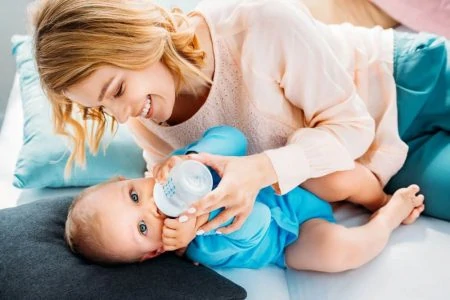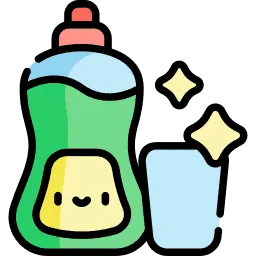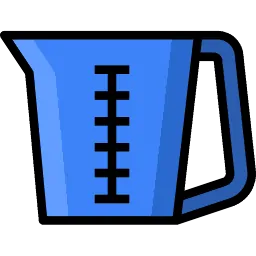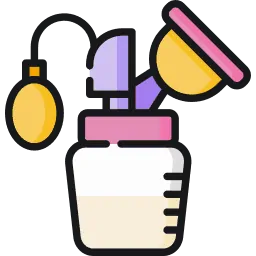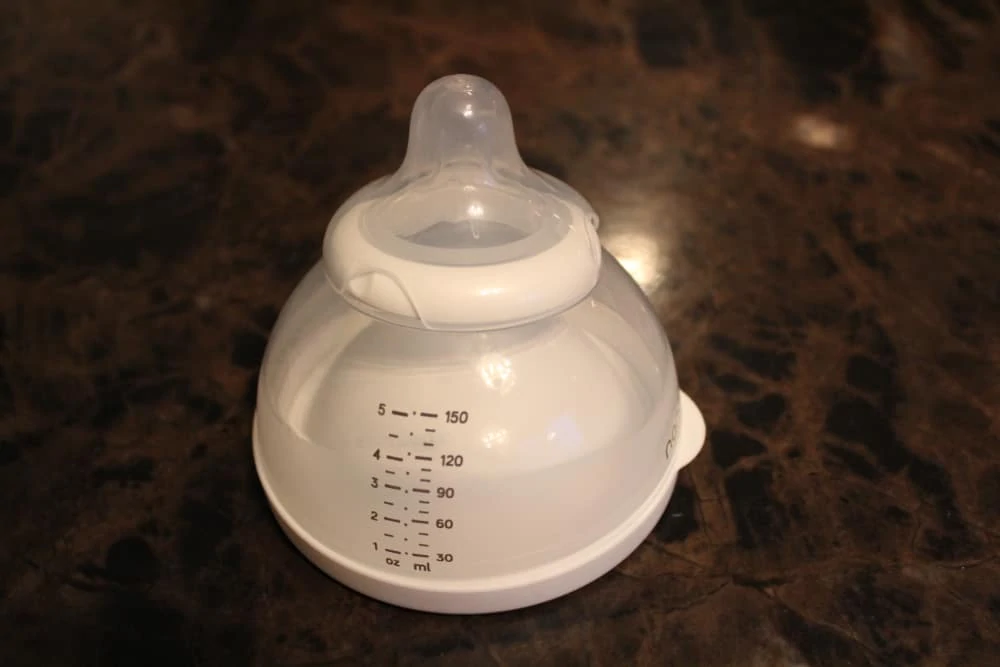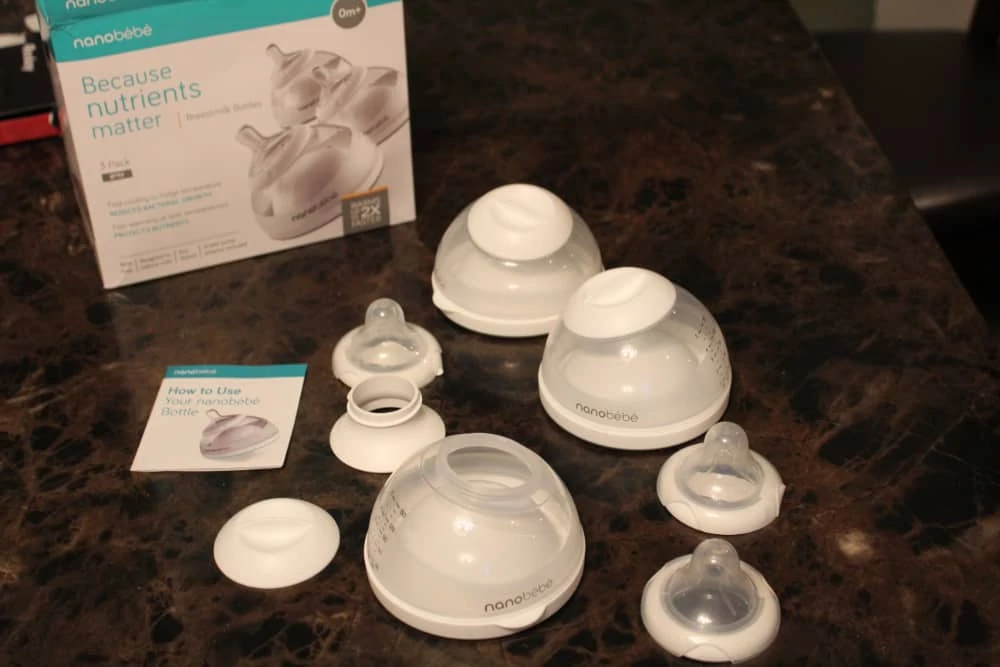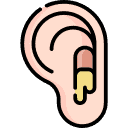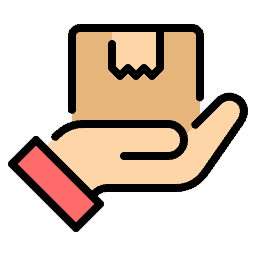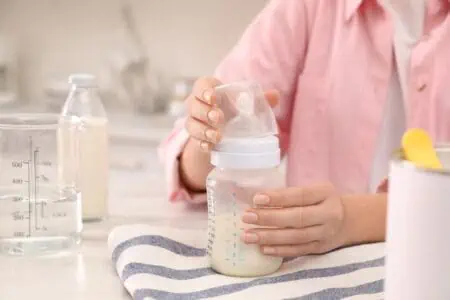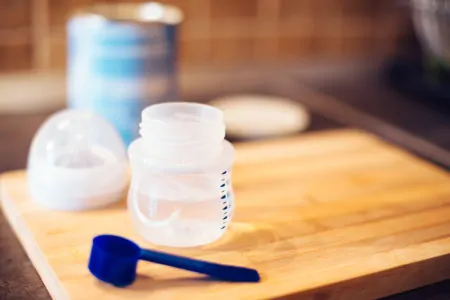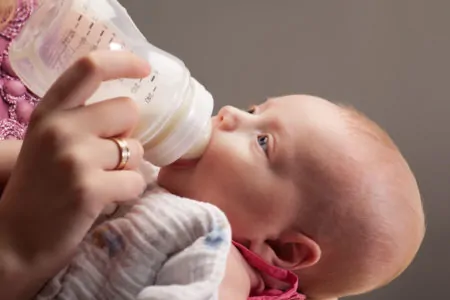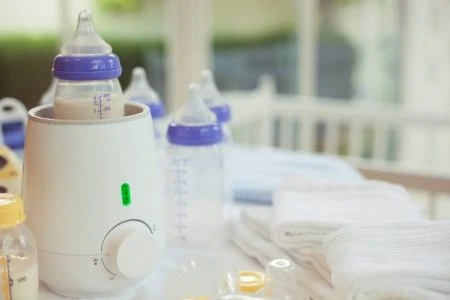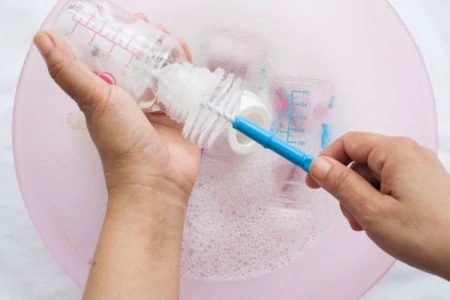No two moms are the same, and neither are their babies. While we all have different feeding philosophies, one thing is universal: eventually, you’re going to need a bottle.
Whether you’re pumping, supplementing with formula, or switching over entirely, the right bottle makes the transition smoother for everyone. But with aisles full of glass, silicone, and stainless steel options—not to mention a dozen different nipple shapes—the choice can feel paralyzed.
Will a wide-neck reduce nipple confusion? Do you really need that complex venting system? How many parts are you willing to wash at 3 a.m.?
Don’t panic. We’ve cut through the marketing noise to answer your questions and found the 11 best baby bottles to keep your little one fed, happy, and gas-free.
- Mimic breast shape and feel
- Super easy to clean
- Dual vents prevent colic & gas
- Warms up to two times faster
- Stackable thus saves space
- Easy to clean
- Perfect size for preemies
- Anti-colic feature
- Slow nipple speed
- Clinically proven to reduce colic
- Preserve essential vitamins
- Fits most breast pumps
- Anti-colic nipples and vents
- Variety of options
- Comprises of only 5 parts
- Simple liner system
- Mimics breastfeeding experience
- Anti-colic and anti-gas
- Comes with six bottles
- Affordable price
- Bigger bottles available (8oz)
- Safe, eco-friendly, easy to wash
- Lasts for years
- Compatible with other leading brand
Do I Need Baby Bottles?
You might think you can skip the bottle aisle if you plan to breastfeed exclusively, but life has a way of surprising us.
Here is why we recommend keeping a few bottles on hand, just in case:
- Feeding challenges: CDC data shows that 60% of mothers stop breastfeeding earlier than intended. Whether it’s latch issues, a medical need to supplement, or low supply, a bottle can be a necessary tool to ensure your baby is fed.
- Flexibility in public: While nursing in public is your legal right, some moms prefer more privacy. A pumped bottle allows you to feed your baby quickly anywhere without adjusting your wardrobe.
- Physical relief: If you suffer from engorgement or cracked nipples, pumping and bottle-feeding can give your body a much-needed break while keeping your supply up.
Types of Baby Bottles
The market is flooded with options, but they generally fall into ten specific categories depending on your baby’s needs.
- Plastic: The most common, affordable, and lightweight option. Look for “BPA-Free” on the label.
- Glass: A favorite for eco-conscious parents. They are heavier and breakable but don’t absorb odors or stain.
- Silicone: Soft, squeezable, and lightweight. These often mimic the feel of skin.
- Stainless Steel: The most durable option. They are easy to clean, maintain temperature well, and last forever.
- Breastfeeding-Specific: Designed with wide bases and flexible nipples to prevent nipple confusion.
- Anti-Colic: Engineered with internal vent systems to route air away from the milk, reducing gas and fussiness.
- Preemie: Smaller vessels with slow-flow nipples designed for tiny tummies and weaker sucking reflexes.
- Pumping/Storage: These screw directly onto your pump to minimize transfers and spills.
- Cereal/Feeder: Feature larger nipple openings or spoon attachments for thicker liquids.
- Travel: Often use disposable liners to minimize cleanup when you are on the road.
How to Choose Baby Bottles
Regardless of the brand, effective baby bottles should meet a few safety and usability standards. Here is what to look for before you buy.
Product Reviews
Here are 11 great baby bottles to consider.
Comotomo Baby Natural Feel Baby Bottle
Best All Round Baby Bottle
Comotomo set out to resolve the biggest complaint parents have: nipple confusion. Their solution was to make a bottle that looks and feels like a breast.
The body is made of soft, squeezable medical-grade silicone rather than hard plastic. This allows your baby to grip and knead the bottle just like they would during nursing, providing a comforting, tactile experience. If the flow seems slow, a gentle squeeze from you can help things along.
Beyond the feel, the functionality is top-tier. It features dual anti-colic vents to keep air out of your baby’s tummy and an incredibly wide neck that makes cleaning a breeze—you can actually fit your hand inside to wash it without a specialized brush.
The silicone is heat resistant, meaning you can boil it or toss it in the dishwasher (top rack) for sterilization. It’s safe, durable, and free from BPA, PVC, and phthalates.
Pros
- Wide mound and silicone body mimic the breast to prevent nipple confusion.
- Soft material is easy for little hands to grip.
- Super wide neck allows for easy cleaning without a bottle brush.
- Dual air vents effectively reduce colic and gas.
Cons
- Measurement markings are subtle and can be hard to read in low light.
- The round shape creates a tendency to tip over easily on uneven surfaces.
Our Ratings
nanobebe Breastmilk Baby Bottles
Best Bottle for Breastfed Babies
Nanobebe took a radical approach to design, creating a bottle that is shaped exactly like a breast. This visual and tactile familiarity helps finicky breastfed babies accept the bottle without a fight.
The unique concave shape isn’t just for looks; it spreads the milk into a thin layer, allowing it to warm up and cool down two times faster than standard bottles. This rapid cooling inhibits bacterial growth, while the quick (and gentle) warming protects the delicate nutrients in your breastmilk from being cooked off by overheating.
Storage is another huge plus. These bottles stack neatly on top of one another, reclaiming precious fridge shelf space. The bottom is indented to make it easy to hold, and the nipple system is designed to minimize air intake.
Pros
- Warms and cools 2x faster to preserve breastmilk nutrients.
- Stackable design saves significant space in the fridge.
- Breast-like shape aids in transitioning between breast and bottle.
- Anti-slip silicone bottom helps prevent spills.
- Easy to take apart and clean.
Cons
- The unique shape makes it tricky to drink the last few drops without tipping the baby far back.
- Requires a specific adapter to pump directly into them (sold separately).
Our Ratings
Philips Avent Newborn Bottle
Best Bottle for Preemies
For the tiniest family members, the Philips Avent Newborn bottle is a trusted choice. Sized at just 2 ounces (60ml), it is perfectly scaled for the small volumes a preemie needs, reducing the waste associated with larger bottles.
The star feature is the “First Flow” nipple. It provides a slower, more controlled flow rate than standard Stage 1 nipples, ensuring your preemie doesn’t gulp or choke. The “comfort petals” inside the silicone nipple increase flexibility and prevent collapse, allowing for an uninterrupted feed.
We appreciate that the anti-colic valve is built directly into the nipple. This means no extra tubes or complicated parts to wash—just the bottle, ring, and nipple. The wide neck prevents formula powder spills, and the ergonomic shape is easy to hold during those long, slow feeds.
Pros
- 2oz size is ideal for small preemie appetites.
- Slower flow rate prevents choking and overwhelm.
- Integrated anti-colic valve means fewer parts to clean.
- BPA-free and easy to sterilize.
Cons
- Small capacity means you will need to buy larger bottles quickly as the baby grows.
- Can be difficult to get the absolute last drop out due to the bottle’s shoulder.
Our Ratings
Dr. Brown’s Original Bottle
Best Bottle for Gassy Babies
Dr. Brown’s is practically legendary in the parenting community for one reason: it works. If you have a baby with colic, this is usually the first recommendation you’ll get from other moms and pediatricians.
The magic lies in the patented internal vent system. Unlike nipple-vented bottles, this straw-like tube channels air from the nipple collar to the back of the bottle, bypassing the milk entirely. This prevents the oxidation of nutrients (keeping vitamins A, C, and E intact) and creates a vacuum-free feeding experience similar to breastfeeding.
Less air in the milk means less air in your baby’s tummy, which translates to less gas, burping, and spit-up.
While the extra parts do mean a bit more washing up, the peace and quiet are worth the effort. The bottles fit most major breast pumps directly, making them a versatile choice for pumping moms too.
Pros
- Internal vent system is clinically proven to reduce colic and gas.
- Vacuum-free feeding preserves milk nutrients.
- Attaches directly to most standard neck breast pumps.
- High acceptance rate among breastfed babies.
Cons
- More parts to clean than any other bottle on this list.
- Can leak if the parts aren’t assembled perfectly tight.
Our Ratings
PopYum Anti-Colic Baby Bottles
Best Baby Bottle for Formula
PopYum solves the “mixing on the go” headache. It is an all-in-one formula dispenser and bottle that keeps water and powder separate until you are ready to feed.
Here is how it works: You preload the formula into the top compartment and water in the bottom. When hunger strikes, you simply squeeze the buttons on the side to release the powder into the water, shake it up, and serve. No separate containers, no messing with scoops in a parking lot, and no need to find fresh water.
It is a game-changer for night feeds—you can leave a prepped bottle on the nightstand and just pop and shake without getting out of bed.
The wide nipple features an anti-colic vent to return air to the bottle, and the design comprises only five parts, making it relatively easy to clean compared to other specialized bottles. The funnel shape also makes loading the powder mess-free.
Pros
- Stores water and formula separately to prevent spoilage.
- Allows for one-handed bottle prep in seconds.
- Wide-neck design is easy to fill and clean.
- Great for travel and daycare.
Cons
- Some parents report leaks if the seal isn’t perfectly aligned.
- The nipples are quite wide; picky babies might struggle with the shape.
- Durability issues reported with frequent drops.
Our Ratings
Playtex Nurser with Disposable Liners
Best Baby Bottle for Travel
The Playtex Nurser is the ultimate travel hack. Instead of washing the entire bottle after every feed, you simply use a pre-sterilized disposable liner. When the baby is finished, toss the liner in the trash (or recycle bin), and the bottle shell remains clean for the next round.
This system isn’t just convenient; it’s excellent for reducing gas. As your baby drinks, the soft liner collapses like a breast would, preventing air from mixing with the milk and entering your baby’s tummy. It effectively offers premium anti-colic performance without any straws or vents to clean.
The bottle features a hinge mechanism that angles the bottle, promoting a semi-upright feeding position which can help prevent ear infections.
While buying liners is an ongoing cost, the convenience for road trips, flights, or just busy days out is unmatched.
Pros
- Drop-in liners minimize cleanup—perfect for travel.
- Collapsing liner mimics breastfeeding and eliminates air bubbles.
- Angled design supports upright feeding.
- Liners are pre-sterilized and recyclable.
Cons
- Ongoing cost of purchasing disposable liners.
- You can’t read precise volume measurements once the liner starts collapsing.
Our Ratings
Medela Breast Milk Collection Bottles
Best Baby Bottle for Exclusively Pumping
Medela is a powerhouse in the breastfeeding world, and their collection bottles are designed to make a pumping mom’s life easier.
These bottles screw directly onto Medela breast pumps (and many others), allowing you to pump straight into the storage container. Once you’re done, put on the solid lid for fridge storage or screw on a nipple collar for immediate feeding.
The clear plastic features bold, accurate millimeter markers that won’t rub off in the dishwasher, so you know exactly how much you’ve produced.
While they don’t come with nipples included (you’ll need to buy a Medela nipple set separately), their compatibility and low price point make them a staple. They are lightweight, durable, and far less prone to leaking than breastmilk storage bags.
Pros
- Seamlessly fits Medela pumps for pump-store-feed convenience.
- Accurate, easy-to-read volume markers.
- Dishwasher and freezer safe.
- More durable and leak-proof than storage bags.
Cons
- The plastic feels a bit thin compared to premium bottles.
- Nipples are usually sold separately.
Our Ratings
Pura Kiki Stainless Steel Infant Bottle
Best Stainless Steel Baby Bottle
The Pura Kiki is the bottle you buy once and keep forever. It is the only 100% plastic-free bottle on the market, achieving the “Made Safe” certification. It is crafted from food-grade stainless steel and medical-grade silicone—no plastic collars or hidden components.
What makes Pura brilliant is its modular system. The same stainless steel bottle transforms as your child grows. Swap the nipple for a sippy spout, a straw top, or a flat sealing disk for snacks. You aren’t just buying a baby bottle; you’re buying a toddler cup and a water bottle in one.
It includes a silicone sleeve for grip and insulation, preventing little hands from getting too cold or hot. While you can’t see the milk level from the outside (a common trade-off with steel), internal volume marks help you measure.
Pros
- 100% plastic-free and unbreakable stainless steel.
- Adapts from infant bottle to sippy cup to water bottle.
- Silicone sleeve provides excellent grip.
- Compatible with nipples from several other major brands (like MAM or Avent).
Cons
- Heavy compared to plastic.
- You have to look inside the bottle to check milk levels.
- Accessories for conversion are sold separately.
Our Ratings
NUK Simply Natural Glass Bottles
Best Glass Baby Bottle
NUK combines the safety of glass with an advanced nipple design. These bottles are made from thermal shock-resistant glass, meaning they can go from the fridge to the warmer without cracking.
The “Simply Natural” nipple is designed with multiple holes (rather than just one) to mimic the milk ducts of a mother’s breast, providing a more natural flow. The nipple is flexible and moves with your baby’s mouth for a continuous latch.
Moms love the simplicity: there are only three parts to wash. The anti-colic vent is integrated into the nipple, so there are no extra straws or valves to lose in the dishwasher.
If you are worried about weight, these are surprisingly manageable, and the glass is thick enough to survive the occasional tumble.
Pros
- Durable, thermal shock-resistant glass won’t stain or hold odors.
- Multiple nipple holes mimic natural breastfeeding flow.
- Simple 3-piece design is easy to clean and assemble.
- Integrated anti-air system reduces colic.
Cons
- Glass is heavier than plastic and requires care during handling.
- Not recommended for freezing (liquids expand and can crack glass).
Our Ratings
NUK Disney Bottle
Best Bottle for Toddlers
When your baby starts needing 8 ounces or more per feed, the NUK Disney bottles are a perfect upgrade. With a 10-ounce capacity, they hold enough for a hungry toddler without needing a refill.
The visual appeal is a big plus—toddlers love the Mickey and Minnie Mouse designs, which can make feeding time more fun and less of a battle.
Functionally, these bottles feature NUK’s orthodontic nipple. It is asymmetrical to fit the natural shape of a baby’s palate, promoting healthy oral development and proper jaw alignment. The nipple hole is positioned on the top side (against the palate) rather than the tip, which helps mix milk with saliva for better digestion.
They are lightweight, BPA-free, and dishwasher safe, making them a practical workhorse for older babies.
Pros
- Large 10oz capacity is perfect for older babies and toddlers.
- Orthodontic nipple supports healthy jaw and teeth development.
- Fun designs encourage acceptance.
- Dishwasher safe and durable.
Cons
- You must position the nipple correctly (hole facing up) for it to work.
- Some toddlers might chew through the silicone nipples once teething starts.
Our Ratings
Sassy Baby Food Nurser
Best for Cereal
This clever kit from Sassy bridges the gap between bottle feeding and solid foods. It comes with two attachments: a nipple with a large opening for thickened milk or cereal, and a spoon attachment for purees.
The spoon feeder is excellent for introducing solids on the go. You fill the bottle with puree, and a vacuum disk at the bottom pushes the food up through the spoon when you want it. This allows for one-handed feeding without the mess of a jar and separate spoon.
It is a great way to help a baby get used to the texture of a spoon while still offering the comfort of a familiar bottle shape. It holds 4 ounces of food and seals tightly with a hygienic cover for travel.
Pros
- Allows flow of thickened cereal that would clog regular nipples.
- Spoon attachment teaches spoon-feeding mechanics cleanly.
- Vacuum disk keeps air out and food moving.
- Portable and mess-free for travel.
Cons
- The plunger mechanism can be stiff initially.
- More parts to hand wash thoroughly.
Our Ratings
Finding the Perfect Nipple Size
The bottle holds the milk, but the nipple controls the show. Choosing the wrong flow rate can frustrate your baby or cause choking.
Most brands use a staged system:
- Preemie/Newborn (Stage 0): Very slow drip. Ideal for breastfed babies to prevent them from preferring the “easy” bottle flow.
- Slow Flow (Stage 1): Usually for 0–3 months.
- Medium Flow (Stage 2): Usually for 3–6 months.
- Fast Flow (Stage 3): For 6+ months or thicker liquids.
If your baby is gagging or milk is spilling out of their mouth, the flow is too fast. If they are getting frustrated, falling asleep while eating, or taking forever to finish, it might be time to size up.
Related Reading: Tommee Tippee Closer to Nature Review: Are the Closer to Nature Bottles the Best?
When Will My Baby Need a Bottle?
There is no single “right time.” If you are returning to work, you might introduce a bottle at 3 to 4 weeks—once breastfeeding is established but before the baby becomes too set in their ways.
If you are formula feeding, you will need them from day one.
The American Academy of Pediatrics suggests weaning from the bottle around 12 months old to prevent tooth decay and encourage cup use.
How to Transition to a Bottle
Babies are creatures of habit, so don’t be surprised if they protest the plastic nipple.
Here is how to smooth the transition:
- Delegate: If you are breastfeeding, have someone else (partner, grandma) give the first few bottles. If you do it, the baby might smell your milk and get confused/angry that they aren’t getting it from the source.
- Start Slow: Use a slow-flow nipple to mimic the effort required at the breast.
- Timing is Key: Don’t try a new bottle when the baby is starving and screaming. Try it when they are calm and only slightly hungry.
- Warm it up: Breastmilk is body temperature. If the bottle is too cold, they might reject it.
Do I Need a Baby Bottle Warmer?
Technically, no. A bowl of warm water works fine. But at 2 a.m., waiting for water to run hot can feel like an eternity.
Bottle warmers offer consistency and speed. They prevent overheating, which preserves the nutrients in breastmilk and prevents hot spots that can burn your baby’s mouth.
Warning
How Do I Clean Baby Bottles?
Hygiene is non-negotiable, but you don’t need to sterilize everything every single time (unless your pediatrician advises it for a preemie or immunocompromised infant).
For daily cleaning, hot soapy water and a good bottle brush are sufficient. Ensure you take the bottle completely apart—remove the silicone ring, the nipple, and any vent tubes—to scrub away milk residue where bacteria loves to hide.
We recommend sterilizing bottles before the first use and occasionally thereafter, especially if the baby has been sick. Boiling water for 5 minutes or using a steam sterilizer bag works perfectly.
